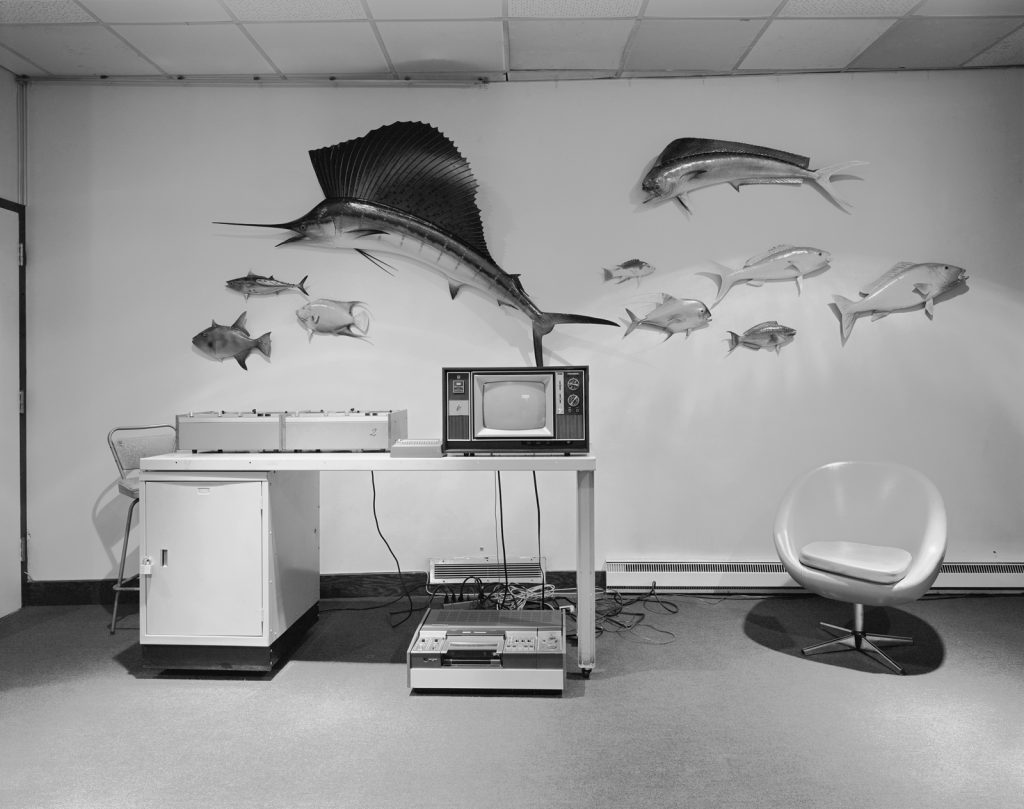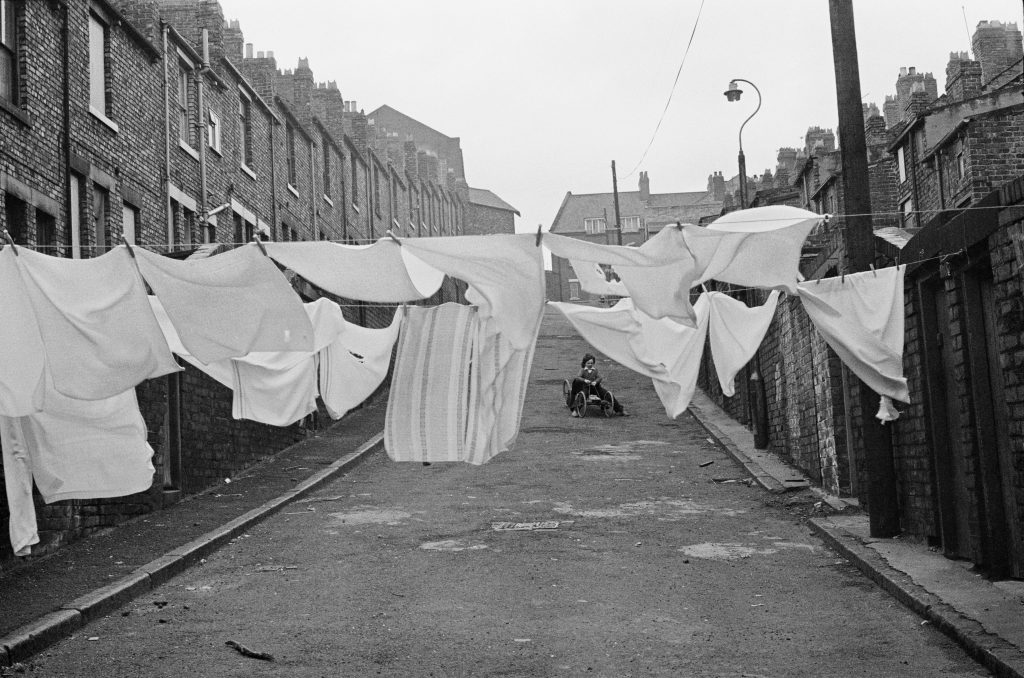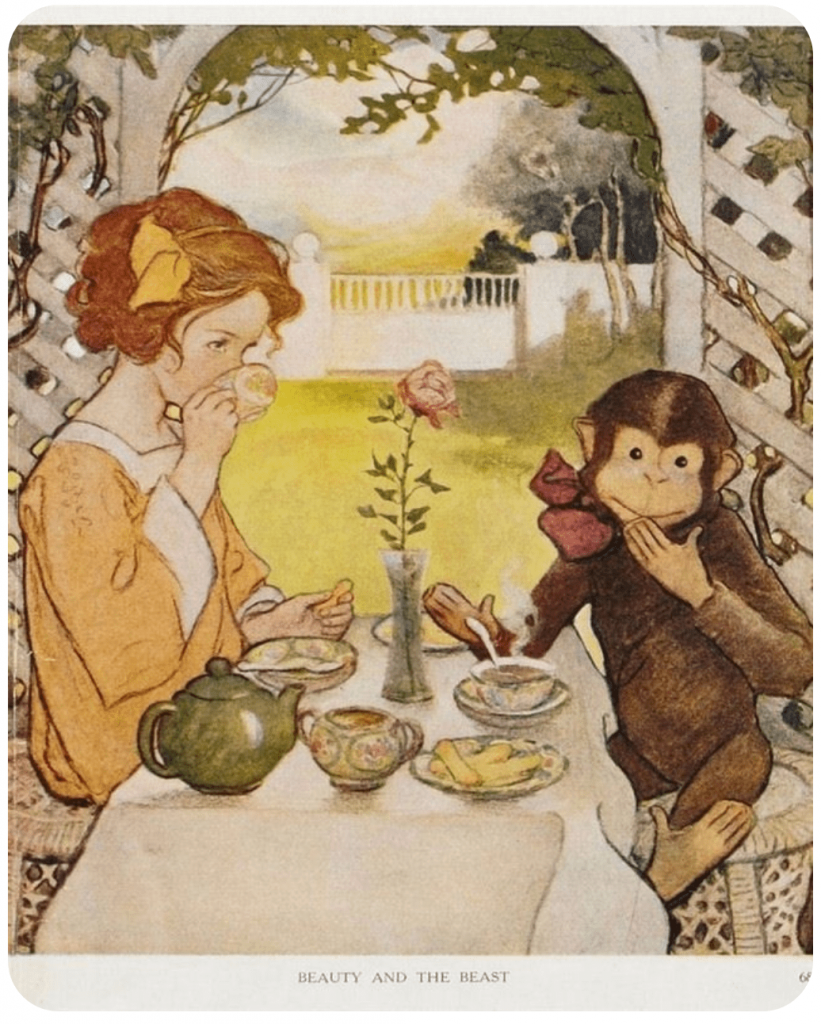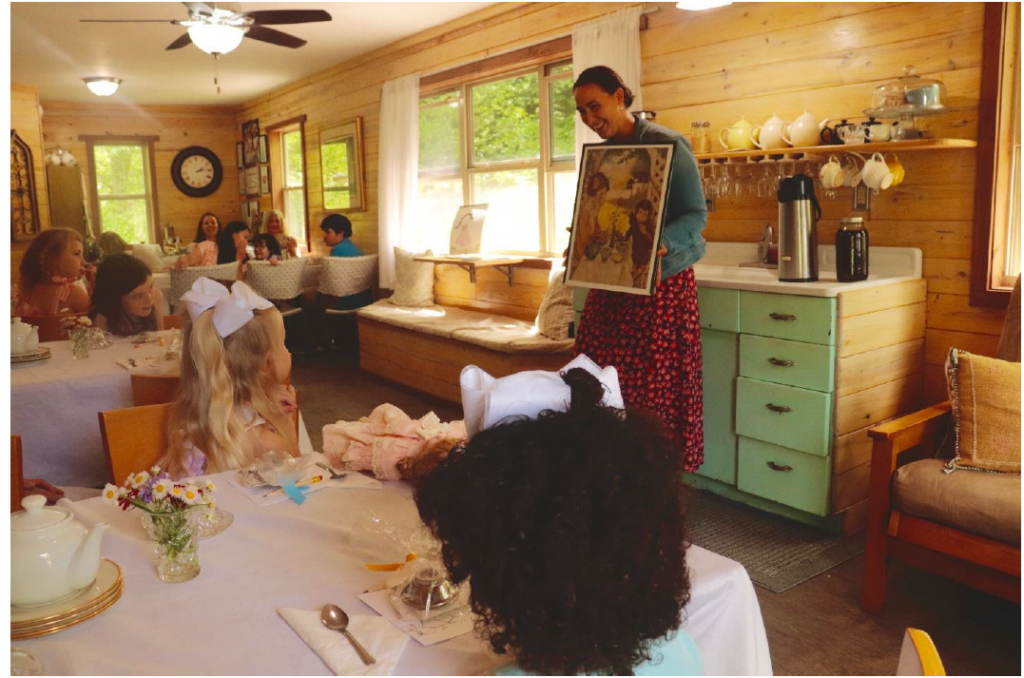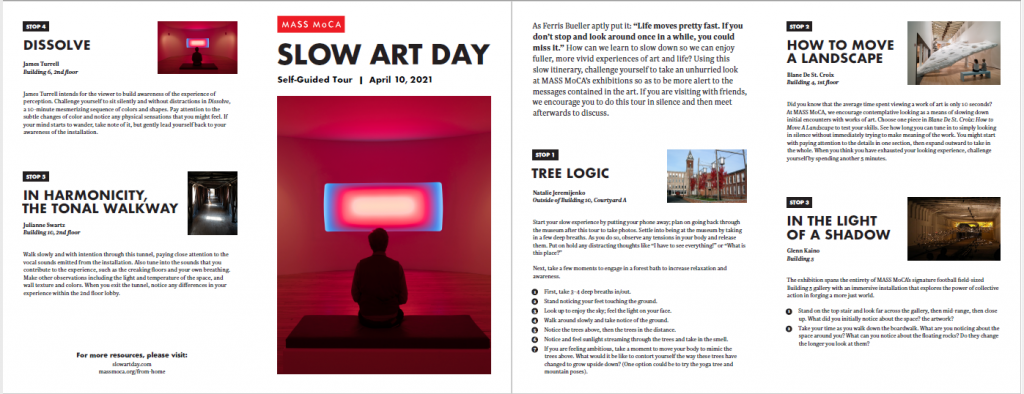Nashville, TN – Nashville Parthenon
Tampa, FL – Florida Museum of Photographic Arts
(Anything But) Black and White: Slow Art Week at NMWA
For their 8th annual (and 2nd virtual) Slow Art event, the National Museum of Women in the Arts (NMWA) in Washington DC, invited visitors to take part in a Slow Art Week, which opened on April 2 and culminated in a virtual gathering on April 10, facilitated by a museum educator.
The NMWA created a virtual collection, “(Anything But) Black and White”, for the week of activities. The Museum’s aim with this collection was to remind that life is rarely clearcut, and that we should seek to discover and embrace nuance, variety, and difference. The selected artworks were available to view online throughout the week, and were on display in the museum for those who could visit in person.
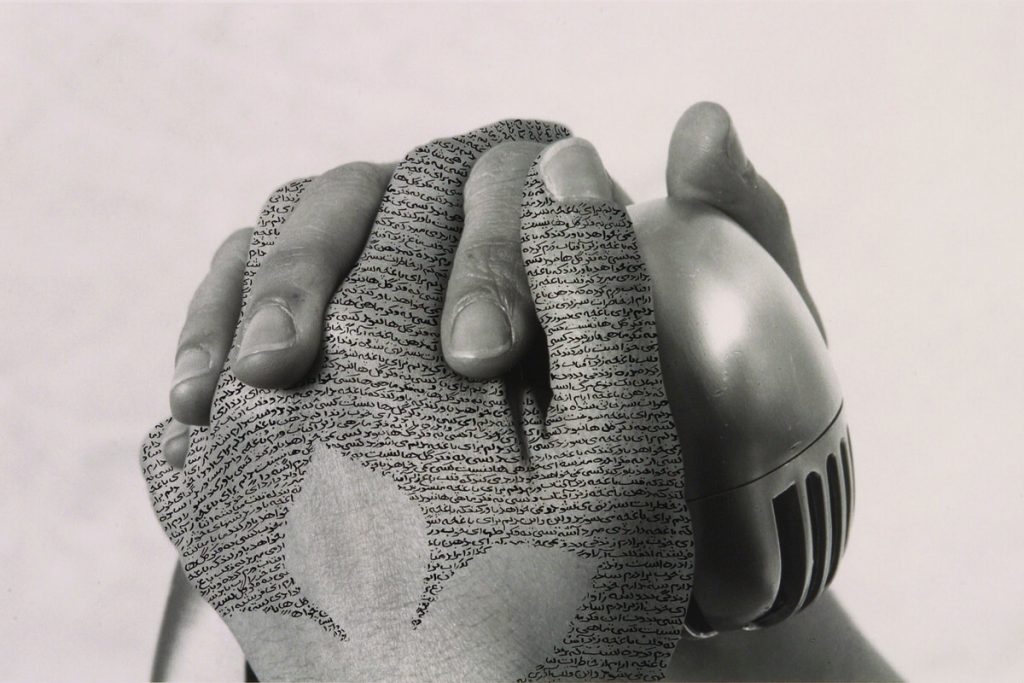
The final event of Slow Art Week, held on Saturday the 10th, featured lively conversation about the experience of slow looking. To facilitate more intimate dialogue with the group the museum used breakout rooms, which is a great tool during virtual sessions.
The NMWA provided participants a detailed PDF with instructions to review before joining the session on Saturday 10th.
We encourage museum educators and curators to review the PDF above to get a sense of the design of the whole event. We will highlight just a few things here.
We particularly liked the four guiding questions the NMWA asked participants to consider ahead of the Saturday session. Those questions were the following:
- How might art help you appreciate perspectives other than your own?
- What are your first impressions or assumptions based on? What do you need for your opinions to evolve or change?
- Have you experienced a shift from binary to spectrum thinking about a topic in the last year? What influenced that change in thinking?
- How can we seek to “find the gray” in the world around us?
Also in preparation for the Saturday session, the close looking PDF provided various entry points for participants, including prompts for kinesthetic and visual learners. The aim was to give participants the opportunity to approach the process of slow looking in way(s) most comfortable for them. Some of the provocations are listed below.
- Consider the artwork’s details. Roll up a sheet of paper to create a viewfinder. Look at the artwork through it to isolate and consider the artwork’s parts.
- Arrange things you find around your home to make a temporary found-object sculpture that is inspired by your favorite choice. Take a picture of your sculpture. Post it to social media and tag @womeninthearts and @slowartday.
- Create a bank of words and phrases that come to mind as you look at an artwork.
Slow Art Week was well received:
“For the NMWA session I did the independent slow looking first, then attended the Zoom meeting. All of it was rewarding. I enjoyed the chance for interaction in the small groups. Hearing other people talk about their observations, questions, ideas, etc. is a reminder to me that I miss things even when looking closely and/or I interpret what I see differently than other people. Above all what was most meaningful to me was the opportunity to “commune” with other, like-minded (art-minded) people. For a short time I felt less alone. What I enjoyed about the day overall (attended Slow Art Day at both NMWA and Philadelphia Museum of Art) is that I allowed myself to have a whole day for art things, which was like medicine.”
Participant’s quote
“If you want to learn about and get to know a person, you spend time with them. The same is true with works of art. Time to look, time to pause, time to breathe. Time to process and to just be. NMWA’s works of art deserve this, and so do we. These works can become our life-long friends.”
Participant’s quote
“I participated in the independent slow looking and in the Zoom meeting. For me, both were important, I guess one needs time to look in your own times and places, and you also arrive prepared to the meeting. The meeting is also important because it is the opportunity to share and to listen to other experiences and views. For me both are learning opportunities and experiences.”
Participant’s quote in response to the moderator’s questions: What element(s) of Slow Art Day did you take part in—independent slow looking, Zoom meeting, both? Which element(s) did you find most rewarding. Why?
“I did not do the independent slow looking exercise since I only decided to participate a short while ahead of enrolling in the session. During the Zoom meeting, I found the conversation that you facilitated thoughtful and respectful, with time given in between words for collective observation. When you added information about the works, it was artfully done, with just the right amount so as to further the looking dialogue that was happening between us.”
Participant’s quote
We at Slow Art Day HQ would like to thank the NMWA for their long-lasting commitment to Slow Art Day, and love how creative and inclusive their Slow Art Week was. The pandemic has proven quite isolating for many, and we agree, as one participant mentioned, that enjoying art slowly is “like medicine” for the soul.
We look forward to seeing what the NMWA comes up with for Slow Art Day 2022 (and, again, encourage museum educators to review their detailed PDF for ideas and inspiration).
Johanna, Jessica, Ashley, and Phyl
P.S. If you would like to be updated with the NMWA’s events you can follow the on Facebook, Instagram, and Twitter.
Long Exposure: Slow Looking Photography at FOMU
For their 6th Slow Art Day, the Foto Museum (FOMU), in Antwerp, Belgium, organized four virtual slow looking sessions featuring two photographs:
- Lynne Cohen, Recording Studio, 1987.
- Martine Franck, Quartier de Byker, Newcastle upon Tyne, Royaume-Uni, 1977.
Each virtual session opened with a warm welcome from a guide, and introductions from participants.
Without giving any details of the photographs, the guide shared each one and invited participants to look slowly and freely discuss their thoughts.
At the end of the session, all participants were guided through a mindful full-body check to reconnect to their physical surroundings.
The participants enjoyed the slow looking and were eager to share their reflections, both about the pictures and the sessions.
“It’s a nice way to interact with strangers.”
Participant’s quote
“I was surprised that the time went by so quickly!”
Participant’s quote
“Nice food for thought with lots of different perspectives.”
Participant’s quote
At Slow Art Day HQ we are really impressed with FOMU’s commitment to hosting not one – but four – sessions in one day. Bookending each event with an introduction round and a mindful cooling-down activity is a great structure that we hope other museums adopt for a future Slow Art Day.
We look forward to what FOMU comes up with for their 7th Slow Art Day in 2022.
Johanna, Jessica, Ashley, and Phyl
Slow Art Infusion at the Three Sisters Tearoom
The Three Sisters Tearoom, in Campbellsville, Tennessee, hosted their first official Slow Art Day – and due to popular demand, they decided to hold slow looking sessions throughout the whole month of April.
The Stowe family, who run the tearoom, designed their Slow Art Month around selected paintings that featured tea as a centerpiece.
Artworks included:
- One of the Family. Fredrick George Cotman
- Beauty and the Beast. Jessi Wilcox Smith.
During the sessions, visitors looked slowly at the selected works while sipping tea and listening to live music. This was followed by an engaging discussion where participants shared their observations.
The paintings selected, along with many others, are included in two slow-art-inspired books: Infused: Tea Time in Fine Art, and The Hide and Seek Gallery: A Child’s I Spy in Fine Art. Both books are written by Jennifer Stowe, slow art author, tearoom owner, and mother to the three sisters that the tearoom is named after.
The events were well received by participants of all ages. Julia Stowe said that she and her sisters are excited to continue hosting multi-generational slow art sessions throughout the year.
“Guests of all ages enjoyed this set-apart time to consider art, and the unique and intriguing observations from art-observers of various generations were especially delightful.”
Julia Stowe
At Slow Art Day HQ, we love that the Stowe family have adopted multi-generational slow looking sessions throughout the year.
We have been thinking about creating an annual tour to visit Slow Art Day museums and galleries all over the world. Assuming we make that happen, we hope to visit Campbell, TN and try their tea and slow art infusions.
In the meantime, we look forward to what the Three Sisters Tearoom comes up with for Slow Art Month in 2022.
Johanna, Ashley, Jessica, and Phyl
P.S. If you are interested in learning more about their approach, read the Summer 2021 newsletter below.
The Importance of Friends: Slow Art with Sørlandets Kunstmuseum
For their second Slow Art Day, Sørlandets Kunstmuseum in Kristiansand, Norway, hosted a live slow looking event on Facebook, featuring Else Hagen’s artwork named Veninner (in English: ‘female friends’, alt. ‘girlfriends’).
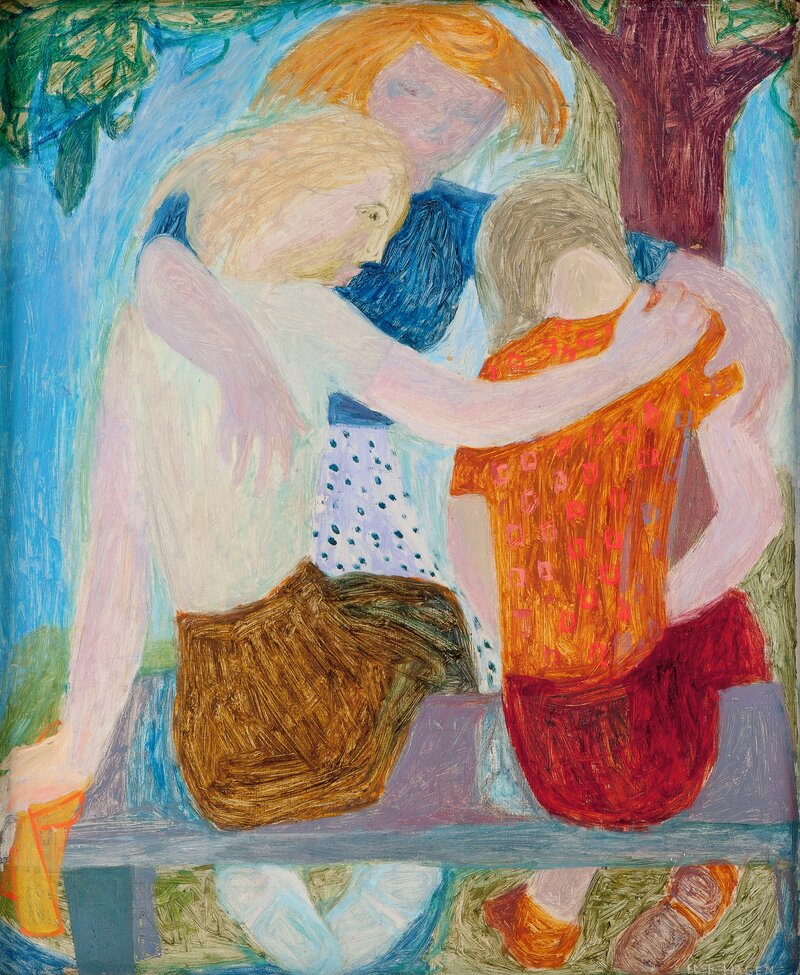
Oil on canvas, 60 x 49,5 cm.
AKO Kunststiftelse/Tangen-samlingen.
©Else Hagen/BONO 2021
On April 10, participants could tune in to the live 30 minute event on the museum’s Facebook page. The session was facilitated by Hanne Aamodt and Karoline Skomedal, respectively head tourguide and tourguide at the museum.
Participants were given an introduction to Slow Art Day, and then invited to observe the painting for seven minutes, using automatic writing as a slow looking tool (automatic writing means writing down words that come to mind without thinking about it). Afterwards, the facilitators shared some of their own thoughts and gave participants a set of prompts to use while studying the painting for seven *more* minutes.
The prompts included:
- What shapes, colors and materials do you see?
- What details do you notice?
- What is going on in the painting?
- Does the artwork remind you of something from your own life?
- If you were at the place depicted in the artwork, what sounds would you hear? What surfaces, smells and temperatures would you feel?
The event was well received, and participants left comments like this after the live session:
“This was a great experience! I recommend it 🧡 Thank you very much!”
Participant’s quote on Facebook
The session was recorded and shared to YouTube. The video is included below for you to watch.
At Slow Art Day HQ, we love the subject of this painting. Friends supporting each other is obviously a relevant theme during the ongoing pandemic, and we appreciate the warmth of this artwork.
If you would like to see more from Sørlandets Kunstmuseum, you can find them on their Facebook and Instagram pages.
We look forward to seeing what the Sørlandets Kunstmuseum has in store for Slow Art Day 2022.
Johanna, Jessica, Ashley, and Phyl
Slow Art for a Rainy Day with the Georgia Museum of Art
For their sixth Slow Art Day, the Georgia Museum of Art in Athens, GA, hosted an in-person slow looking and drawing session.
The session was originally planned as an outdoor sculpture viewing, but the rain had other plans and the event was hosted inside the museum. The program was created by Sage Kincaid, Associate Curator of Education, who has a strong passion for all things Slow Art.
On April 10, participants were invited to look slowly at three works of art at the museum:
- Steinunn Thorarinsdottir’s sculpture ‘Tide’ (2012)
- Nick Cave’s sculpture “Soundsuit” (2017)
- Joan Mitchell’s painting “Close” (1972)
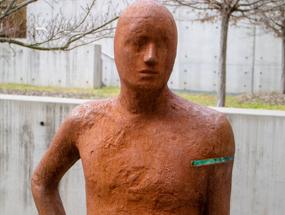
Georgia Museum of Art, University of Georgia; Museum purchase with funds provided by Judith Ellis
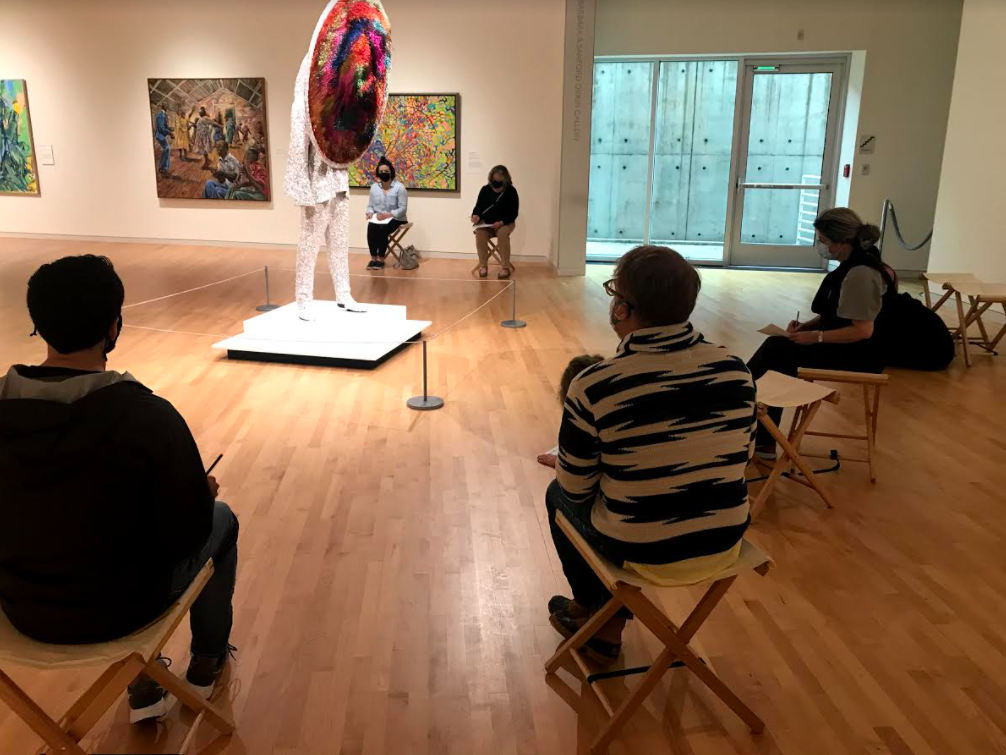

After looking at the art pieces, Katie Landers, an Education Department Intern at the museum, led separate slow looking and drawing activities.
Participants were first encouraged to think about their physical relationship to the sculpture by Steinunn Thorarinsdottir. Next, they investigated color and color palettes by looking at Joan Mitchell’s painting. Finally, they made a blind contour and continuous line drawing of Nick Cave’s sculpture. To end the day, all participants made abstract color collages together. The event was well received by a dedicated group of 10, who spent several hours together for an immersive experience on Slow Art Day.
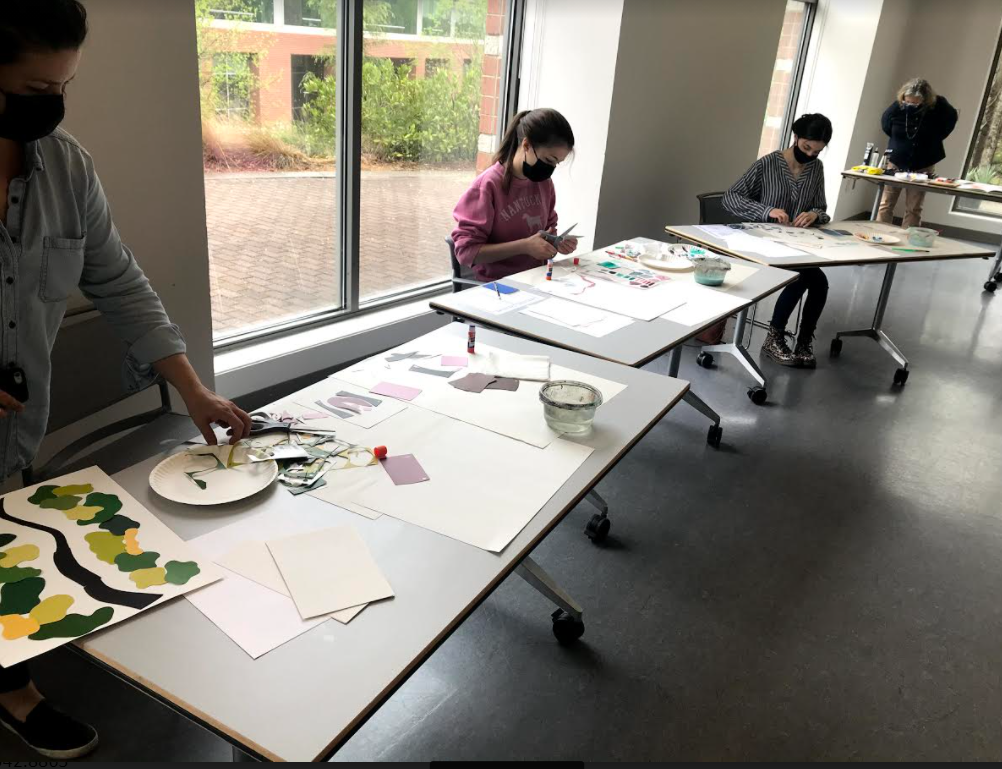
At Slow Art Day HQ, we love the integrated multi-sensory approach that the Georgia Museum of Art took to designing this year’s event. While looking at something closely lets us see in new ways, slow drawing takes that process even further and allows attendees to connect looking, talking and making. And that creates the possibility to be present — with art, with ourselves, and with others.
We look forwad to what the Georgia Museum of Art comes up with for their 7th Slow Art Day in 2022.
-Johanna, Jessica, Ashley and Phyl
Spring in the Air at Frye Art Museum
For their fourth Slow Art Day, the Frye Art Museum, in Seattle, Washington, partnered with King County Library System and invited participants to a virtual artwork discussion on the theme of spring.
The session was led by Caroline Byrd, Education Coordinator at the Frye Museum. Visitors joining the event on April 10 were invited to focus on two artworks:
- An untitled oil painting by Norwegian artist Hans Dahl (1849-1937)
- Clouds and Windblown Hay by Charles Burchfield (1863-1967).
You can view videos featuring discussion of both artworks on the Museum’s Frye From Home blog:
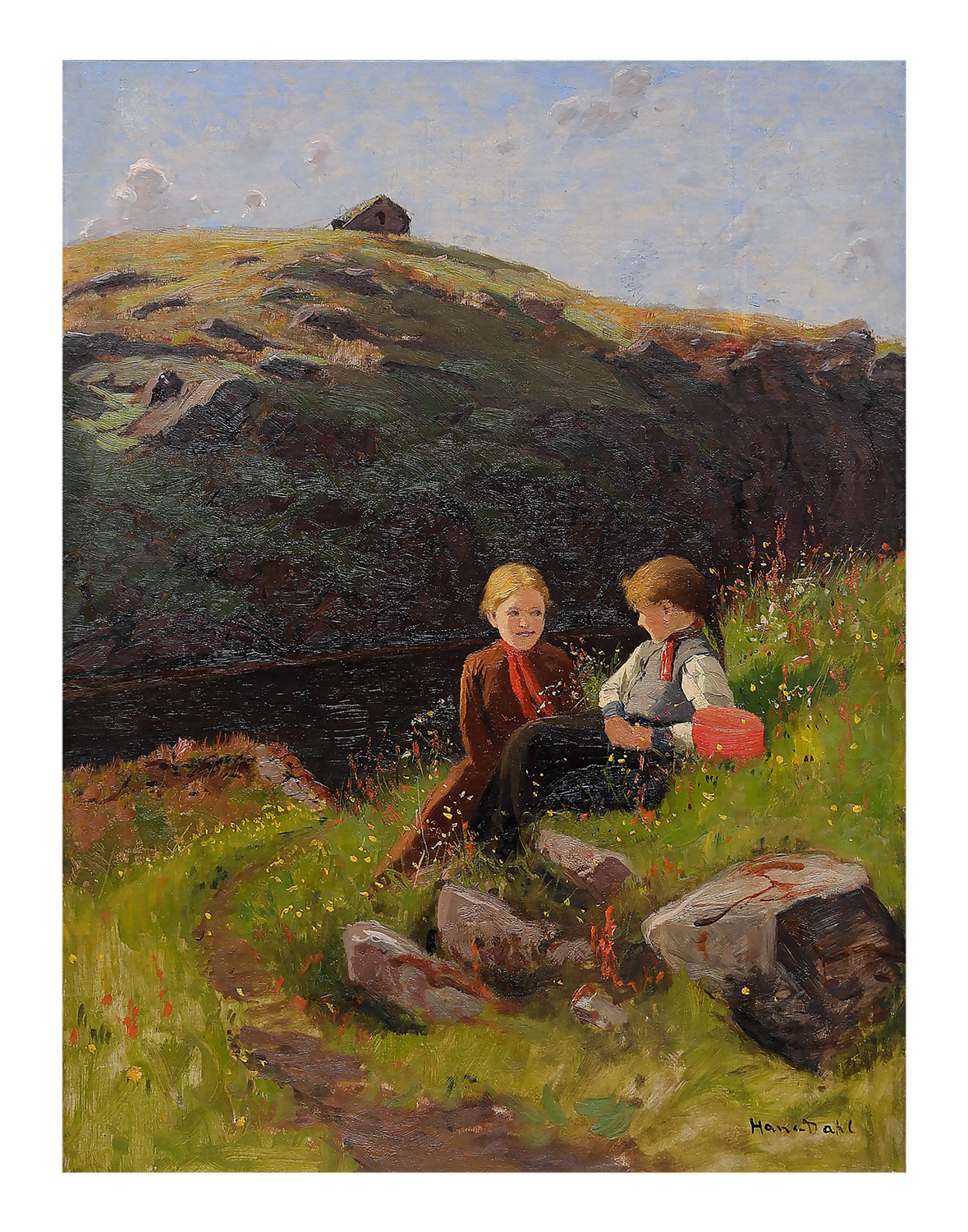
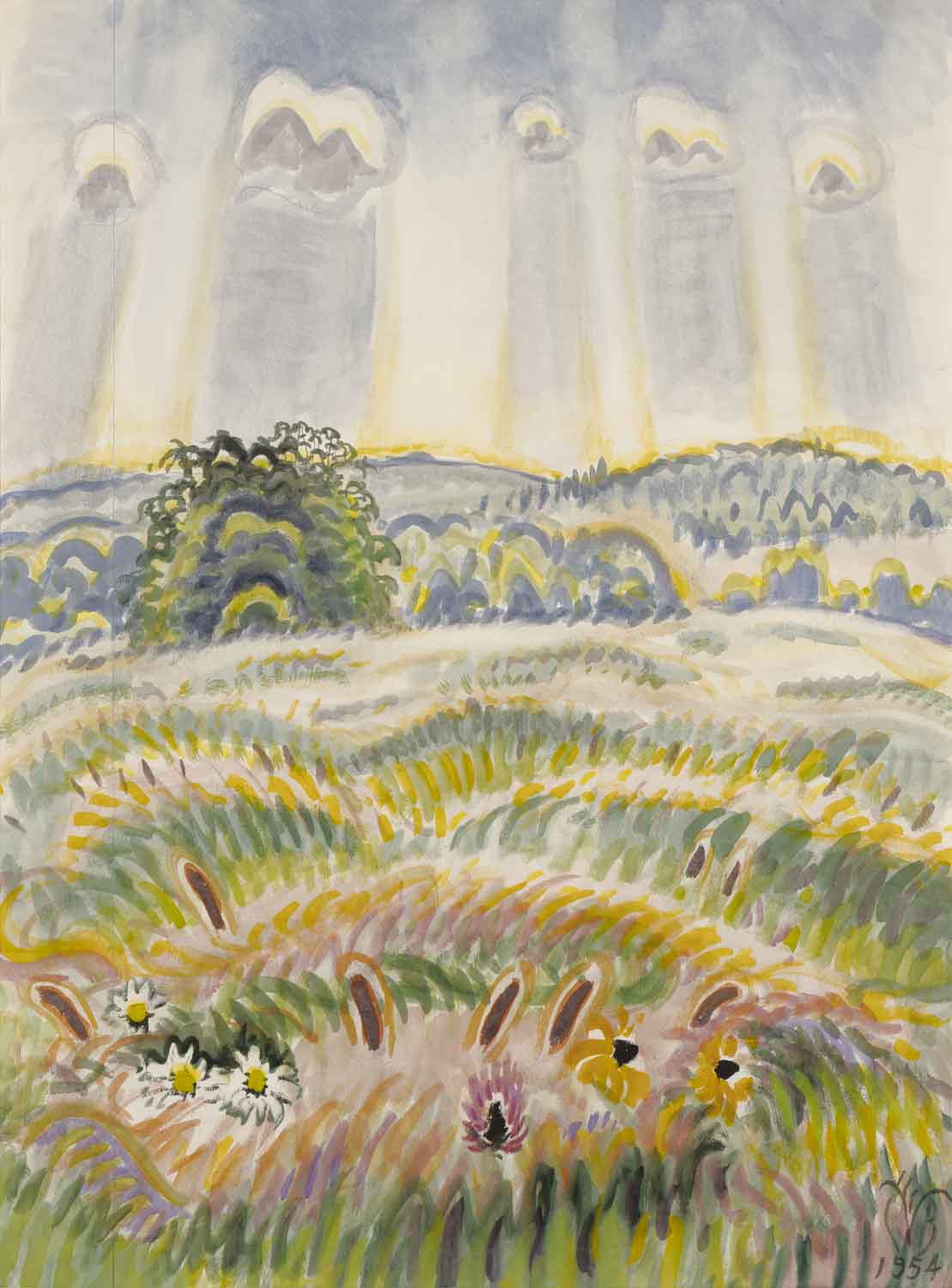
Photo Credit: Jueqian Fang. Courtesy of Frye Art Museum
The theme of spring was highlighted in two senses: through the season itself, portrayed in the paintings, and the concept of fresh beginnings.
Combining prompts for close looking and conversation, the discussion was designed to create a personal connection with the artworks while building a community among participants. Using the prompts, participants uncovered visual clues and provided their own ideas and insights to the discussion. Those that did not feel comfortable joining the group discussion were encouraged to write down or sketch their responses.
Participants were invited to continue exploring the artworks by visiting the Frye’s online collection database or by diving into a reading list provided by the King County Library System.
The event was attended by 25 participants, ranging in age from teens to older adults. Their feedback was positive.
“The class was interesting and enriching. It challenged me to look at the art in different ways. Appreciated the opportunity for people to share their thoughts and observations. What a great mental and visual break!! Thank you!” –
Program Participant
Caroline Byrd also found the event rewarding. We include her reflection on the event below.
Even I, as the facilitator, found new perspectives I had never thought about before! Thank you, as always, for allowing the Frye to be part of global Slow Art Day! Especially in these uncertain times, we look forward to the opportunity to slow down, look closely, and spend some time with a work of art.
Caroline Byrd, Education Coordinator, Frye Art Museum
At Slow Art Day HQ, we love the enthusiasm for slow looking that shows in every aspect of the event organized by Caroline Byrd. We want to thank Caroline and the Frye for being once again part of our global event and we are already excited about seeing what they come up with for 2022.
-Johanna, Jessica, Ashley, and Phyl
Forest Bathing + Mindfulness at MASS MoCA
For their fourth Slow Art Day, the MASS MoCA (Museum of Contemporary Art), in North Adams, Massachusetts, produced a self-guide leaflet for in-person visitors and organized a virtual event for participants at home.
For visitors to MASS MoCA on April 10th, the museum offered a Slow Art Day Self-Guided Itinerary that challenged visitors to take an unhurried look at MASS MoCA’s exhibitions.
Before starting their tour, visitors were invited to try a “forest bath” outside the museum. Below are the guidelines from the leaflet:
“Start your slow experience by putting your phone away; plan on going back through the museum after this tour to take photos. Settle into being at the museum by taking in a few deep breaths. As you do so, observe any tensions in your body and release them. Put on hold any distracting thoughts like ‘I have to see everything!’ or ‘What is this place?’ Next, take a few moments to engage in a forest bath to increase relaxation and awareness.
First, take 3–4 deep breaths in/out.
Stand noticing your feet touching the ground.
Look up to enjoy the sky; feel the light on your face.
Walk around slowly and take notice of the ground.
Notice the trees above, then the trees in the distance.
Notice and feel sunlight streaming through the trees and take in the smell.
If you are feeling ambitious, take a moment to move your body to mimic the
trees above. What would it be like to contort yourself the way these trees have changed to grow upside down? (One option could be to try the yoga tree and mountain poses).”
The leaflet featured five artworks from the museum, each accompanied by slow looking prompts:
1. TREE LOGIC. Natalie Jeremijenko.
2. HOW TO MOVE A LANDSCAPE. Blane De St. Croix.
3. IN THE LIGHT OF A SHADOW. Glenn Kaino.
4. DISSOLVE James Turrell.
5. IN HARMONICITY, THE TONAL WALKWAY. Julianne Swartz.
After completing the tour, participants were encouraged to discuss their observations with friends and family, especially if visiting in a group.

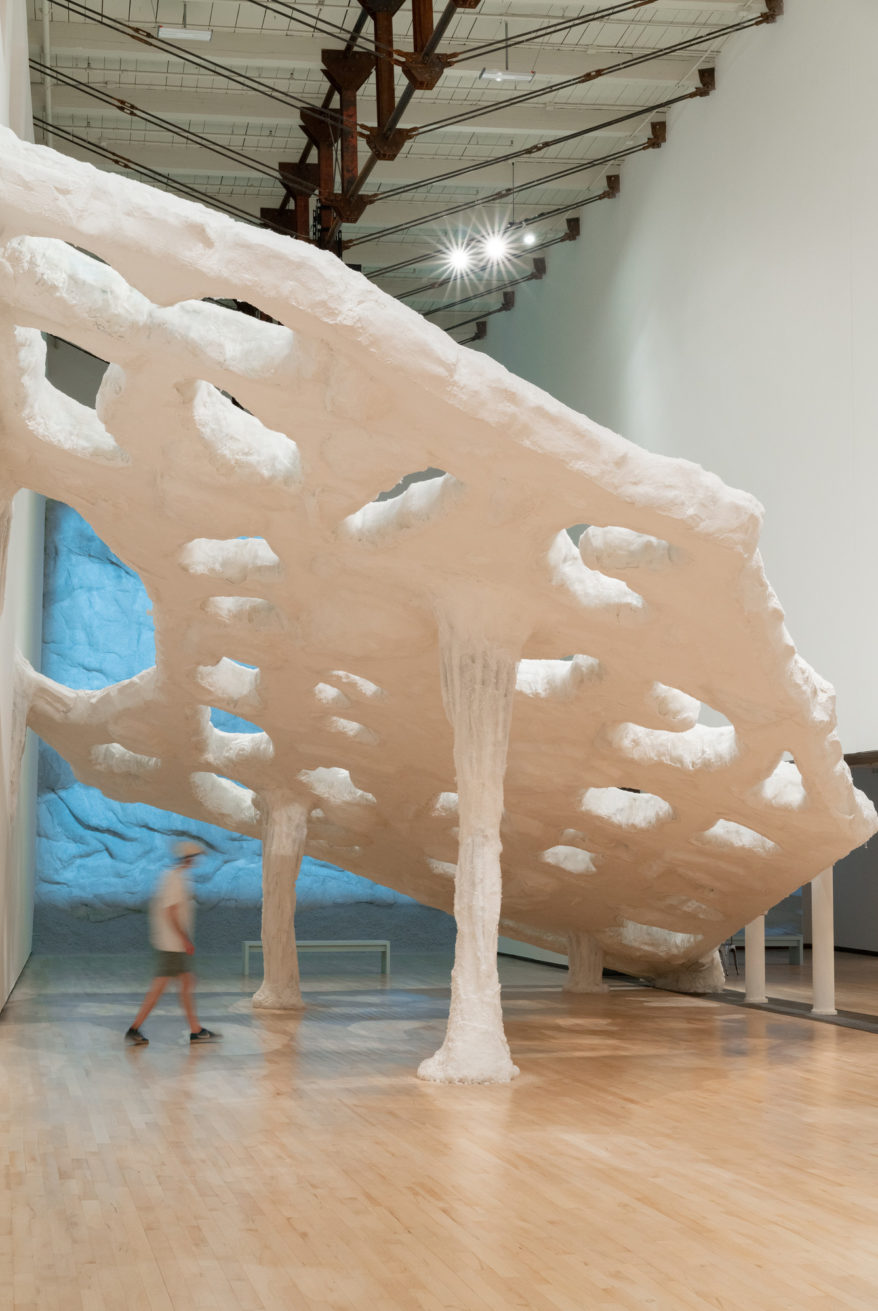

Courtesy of MASS MoCA.
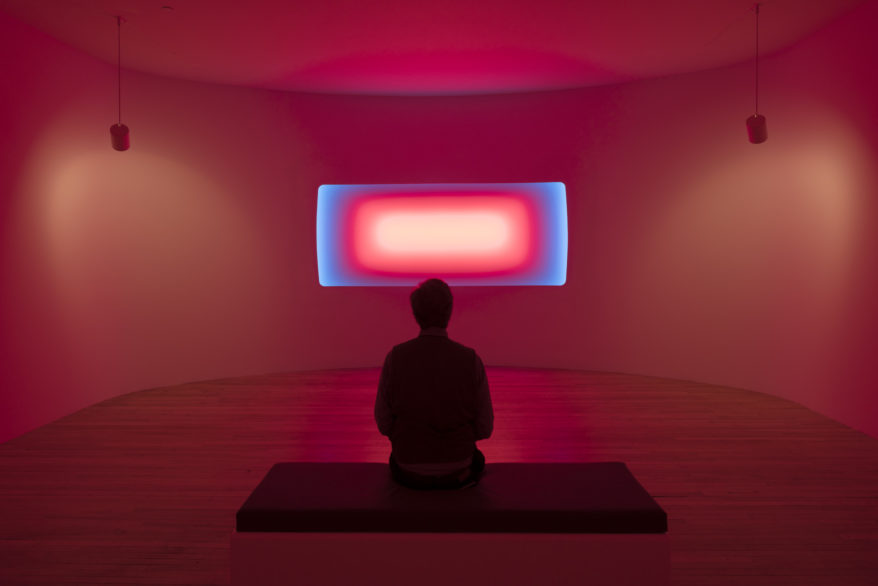

For the online event, the museum launched virtual material as part of “MASS MoCA From Home.” Resources included two art “how-to” videos, featuring projects that focused on being present with the art-making process. Watch the videos below and try the projects for yourself.
As the final part of the program, MASS MoCA also produced a guided meditation that focused on the painting ‘Indian Summer – Four Seasons‘ by Wendy Red Star. Watch it below.
At Slow Art Day HQ, we love the way MASS MoCA incorporated nature and mindfulness in their event for both onsite and offsite participants – giving everyone an opportunity to slow down in different ways.
We are excited for their 5th Slow Art Day in 2022!
Johanna, Jessica, Ashley, and Phyl

